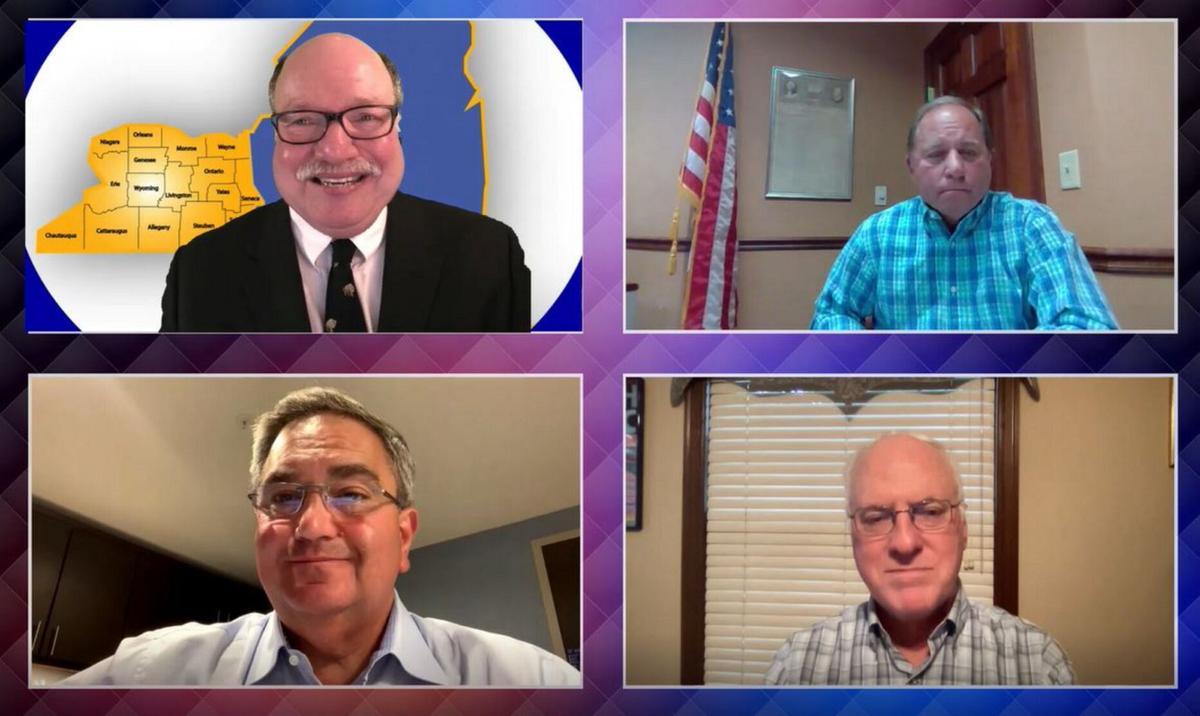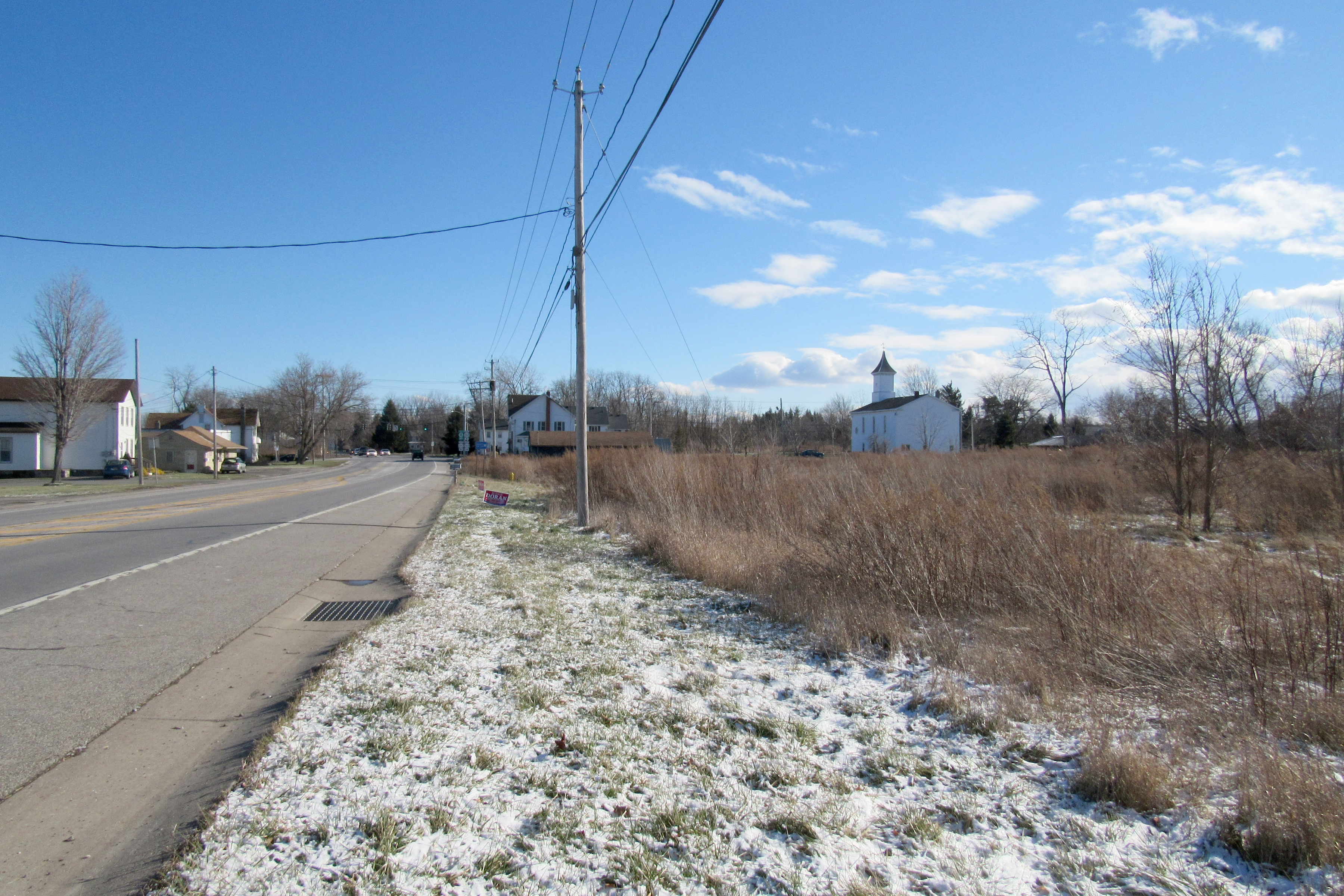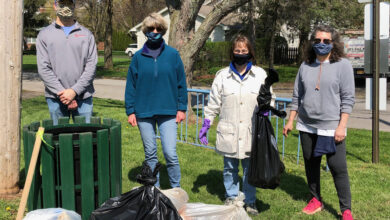First-ever Greater Western New York Town Hall Meeting held

“What will an independent Greater Western New York Region look like to you?” That was the question posed at the first-ever Greater Western New York (Virtual) Town Hall Meeting held the evening of July 15. Chris Carosa, publisher of the Mendon-Honeoye Falls-Lima Sentinel, hosted the event that was co-sponsored by several newspapers in the Western New York District of the New York Press Association. The event was free and open to all residents of the Greater Western New York Region. More than 100 people registered in advance to attend.
The meeting started with three keynote speakers who each championed a different vision for an independent Greater Western New York Region. While they all agreed there was a disconnect between the priorities of New York City and Albany politicians and those of most people living in western New York, they each offered a competing solution.
Assemblyman Stephen Hawley of Batavia, who is sponsoring a bill that would give New York voters a chance to vote “yes” or “no” on a two state model, kicked off the event. He said becoming a separate state offers a permanent solution, albeit one that requires both State and Federal agreement. Senator George Borrello of Jamestown is sponsoring a bill to split New York into three separate autonomous zones. While this plan does run the risk of being reversed by Albany, it has the advantage of not requiring action by the federal government. Rounding out the three keynoters, Buffalo author and attorney James Ostrowski explained how nullification, which was successfully employed against the SAFE Act, represents the easiest path because it requires neither State nor Federal action as it relies solely on local elected officials. He explained that this non-violent form of protest has demonstrated far more consistent success than violent demonstrations.
After the individual presentations, the three convened a panel moderated by Chris Carosa, who reminded the audience that the topic of Greater Western New York Independence could not be more timely. Not only have several other states (notably, California, Oregon, Colorado, and Illinois) discussed this, but just earlier that day HillReporter.com reported the results of a new YouGov-BrightlineWatch poll that showed “…a shocking percentage of Democrats, Independents, and Republicans from every proposed bloc of states said that they would support secession.” Indeed, BrightlineWatch, which polls this question regularly, said in its analysis, “rather than support for secession diminishing over the past six months, as we expected, it rose in every region and among nearly every partisan group.”
The two biggest questions from the Town Hall Meeting attendees to the panel dealt with how Greater Western New York could afford its independence and, even if it became a new state, how it would address the “dictatorship of the majority” population-based representation that has led to much of the big city dominance over rural citizens.
With regard to the financial issue, Borrello said it’s a matter of spending, not revenues, and much of the spending in Western New York comes from Albany-directed mandates that would likely not exist in an independent Greater Western New York. Hawley added that independence might also make the region more attractive to businesses; thus, increasing revenues.
Borrello and Hawley, both Republicans, felt the population-based representation might be less of an issue even though they conceded the size of Rochester and Buffalo would make a Greater Western New York State more likely to vote for a Democrat. Several attendees pointed out that Buffalo appears to be on the verge of voting in the nation’s first major city socialist mayor and expressed less confidence that the population issue is solely a New York City issue.
The final portion of the meeting saw all the attendees enter three different breakout rooms to further discuss the options then vote as a group for their preferred choice. In an interesting coincidence, each group voted for a different option, with one group saying all three options should be viewed as a coordinated progression on a spectrum of action rather than distinct choices. When everyone reconvened in the general meeting, they voted again, this time as individuals. In a perfect example of how population-based representation (the individual voting) can yield different results compared to geographic-based representation (the breakout rooms), the individual voting produced a solid winner. The separate state option was twice as popular as the autonomous zone option, which in turn was two times better than the nullification option.
Participants were eager to know when the next meeting would occur. Carosa promised the Sentinel would host another Greater Western New York Town Hall in October and added there were other events and activities people might choose to get involved with if they didn’t want to wait until October. These are outlined on GreaterWesternNewYork.org. The event replay can also be viewed under the Events tab on the site.
The Greater Western New York Region is comprised of the 17 westernmost counties of New York State and was formally defined by the Treaty of Hartford on December 16, 1786, with the creation of the Preemption Line. These counties include Allegany, Cattaraugus, Chautauqua, Chemung, Erie, Genesee, Livingston, Monroe, Niagara, Ontario, Orleans, Schuyler, Seneca, Steuben, Wayne, Wyoming, and Yates.
Provided information




